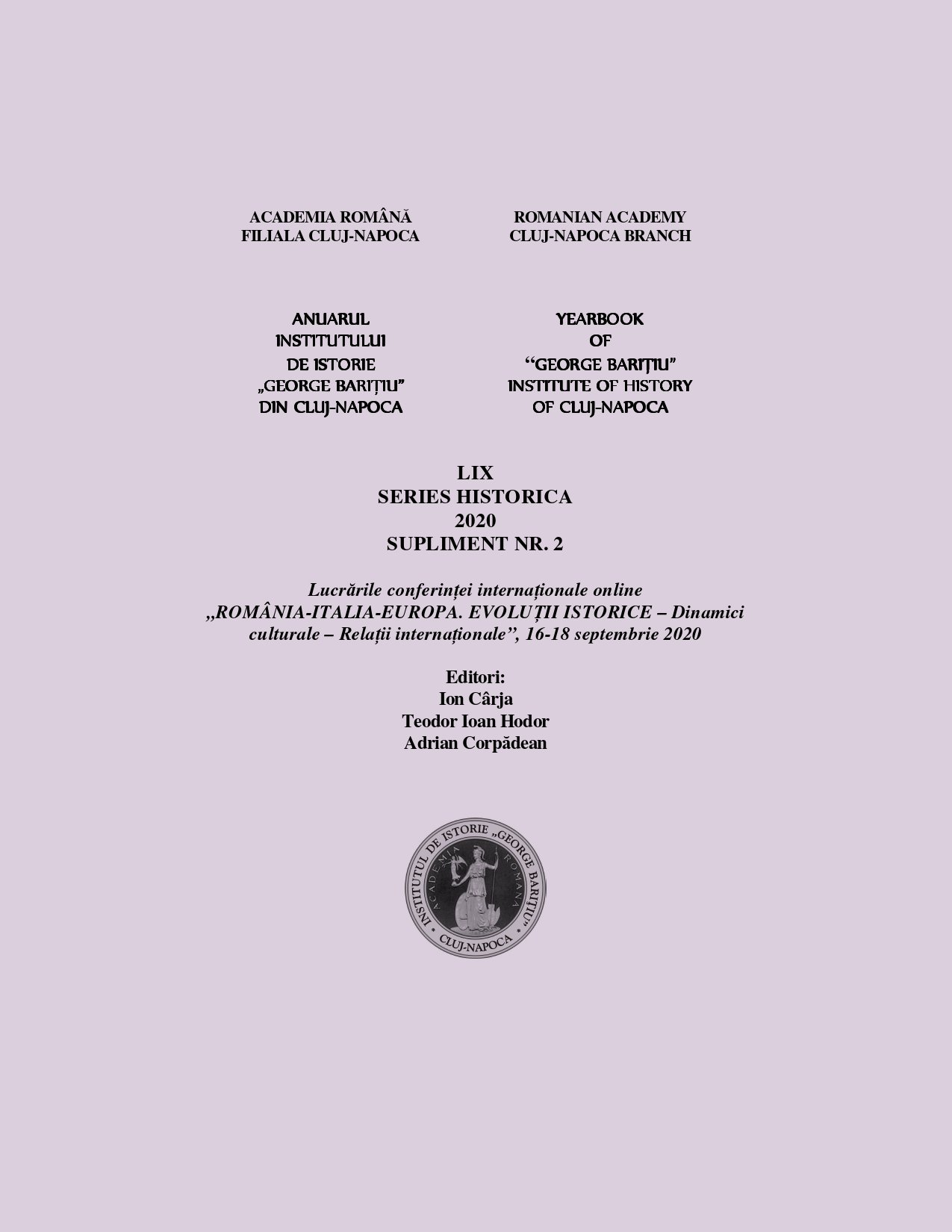Crâmpeie din cotidianul Banatului habsburgic. Surse și metode pentru istoria culturii materiale în secolul al XVIII- lea
Insights into everyday life in Habsburg Banat. Sources and methods for the history of material culture in 18th Century
Author(s): Sandra HirschSubject(s): Local History / Microhistory, Social history, 18th Century
Published by: Editura Academiei Române
Keywords: probate inventories; material culture; everyday life; 18th century Banat; urban history;
Summary/Abstract: Material culture refers here to all traces that city dwellers left behind more than 300 years ago, including objects and belongings used in households during the 18 th century. The purpose of this presentation is to provide a methodological roadmap for the study of household interiors in Austrian Banat. This is especially important since the establishment of the Habsburg adminsitration in Banat has gradually led to the transformation of urban dwellings and the import of Central European influences, which slowly replaced the Eastern influences of the former vilayet. At the core of this approach are written sources, specifically probate inventories, viewed from a microhistorical perspective. By drawing on specialized bibliography, recent archaeological discoveries, and other related sources (parish records, historical maps, visual sources), we are able to reveal landmarks of urban material culture in Habsburg Banat and trace the development of household goods, including their production, distribution and procurement, as well as the rituals those objects were employed in. For instance, the analysis of dowries of households (main categories of objects discovered, their classification according to material, origins, value, degree of use) brings us closer, through the critical magnifying glass of the historian, to a universe largely extinct today. Domestic sphere is, in some places, transcended, when one tries to identify on a city’s map, the places of origin of goods, those points of manufacturing, craft or trade. Whether we describe rituals of the early modern meal, rest or fashion, the information is a necessary contribution to the history of the Austrian Banat.
Journal: Anuarul Institutului de Istorie »George Bariţiu« - Series HISTORICA - Supliment
- Issue Year: LIX/2020
- Issue No: LIX, 2
- Page Range: 147-156
- Page Count: 10
- Language: Romanian

